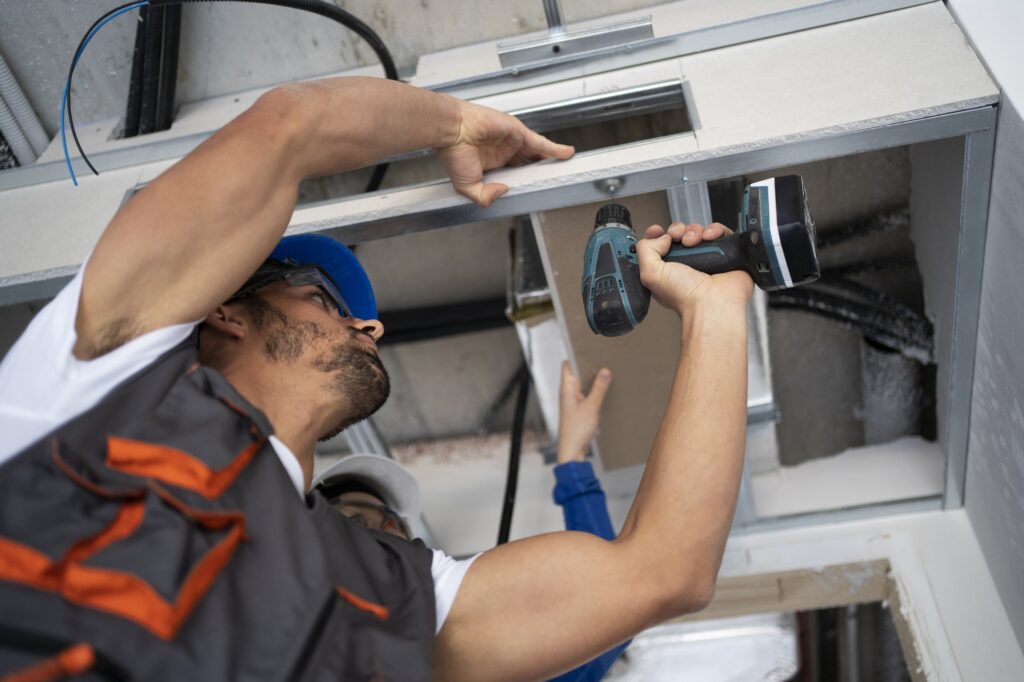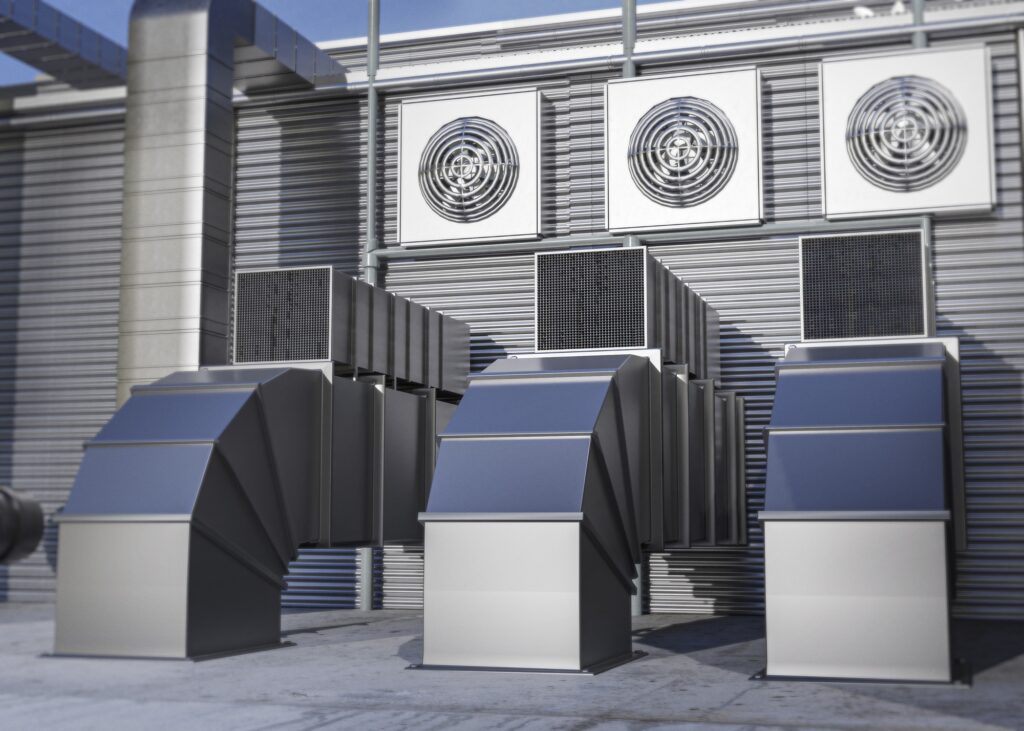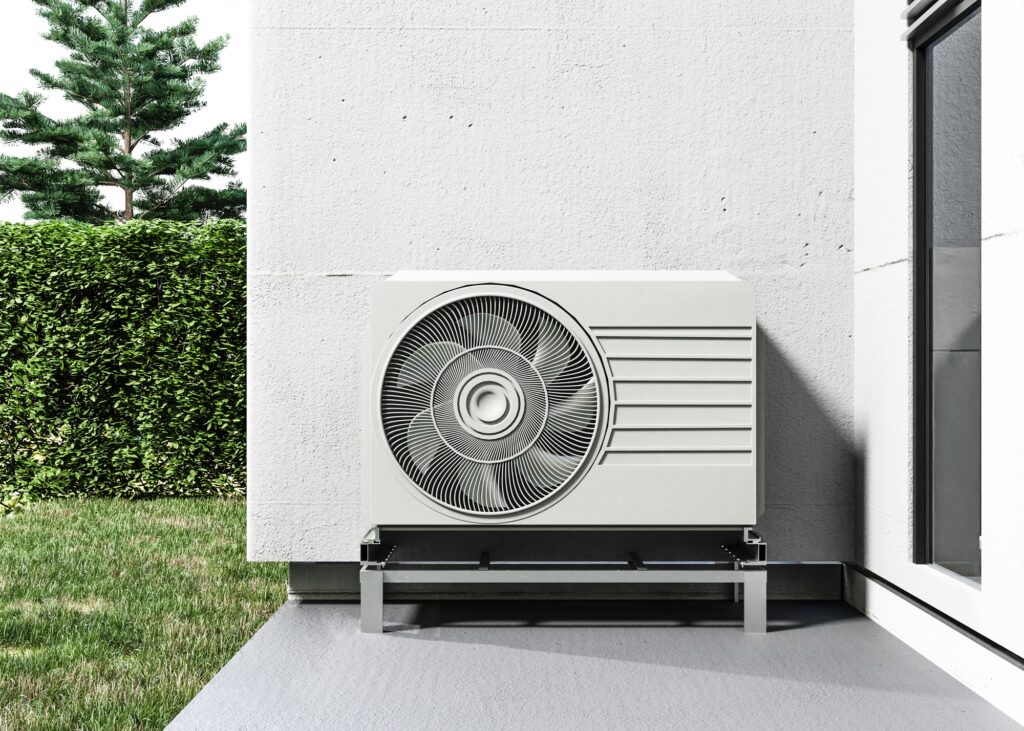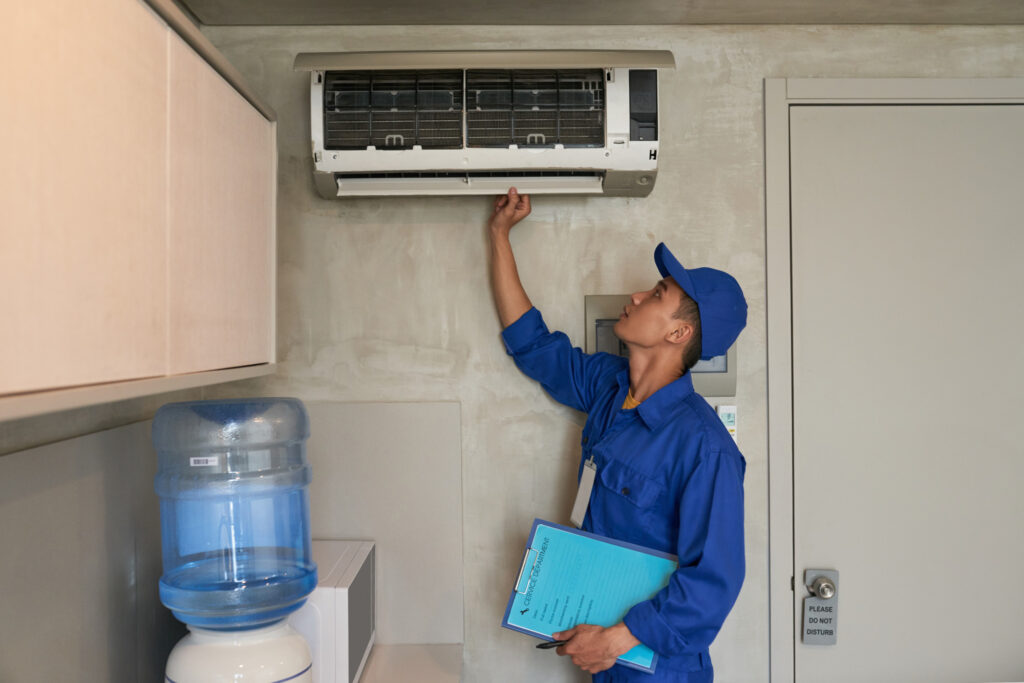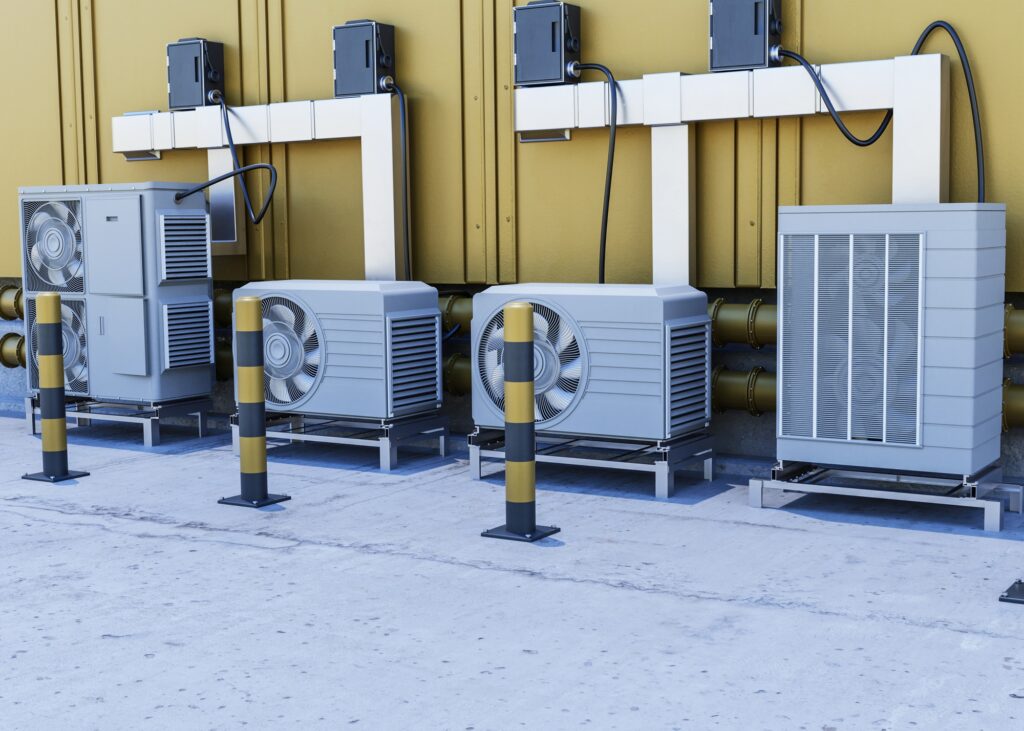On a sweltering summer afternoon in Delhi, as the mercury soared past 40°C, Rajesh sat in his living room, grateful for the cool breeze from his air conditioner. However, his relief was short-lived when the month’s electricity bill arrived, showing a significant spike. Determined to understand and reduce his energy consumption, Rajesh embarked on a journey to decipher the various energy efficiency ratings associated with HVAC systems.
The Importance of Energy Efficiency Ratings
Energy efficiency ratings are crucial indicators of how effectively an air conditioner converts electricity into cooling. Higher efficiency not only leads to reduced energy bills but also minimizes environmental impact. In India, understanding these ratings is essential, given the diverse climatic conditions and the increasing demand for cooling solutions.
What is EER?
The Energy Efficiency Ratio (EER) measures an air conditioner’s cooling capacity per hour divided by the power it consumes. In simpler terms, it indicates how efficiently an AC unit operates under specific conditions. A higher EER signifies better efficiency. Traditionally, EER was calculated based on a fixed outdoor temperature of 35°C, an indoor temperature of 27°C, and 50% relative humidity. However, this static measurement doesn’t account for the varying temperatures experienced throughout the year in different regions of India.
Introducing ISEER: The Indian Context
Recognizing the limitations of the traditional EER in reflecting real-world usage, the Bureau of Energy Efficiency (BEE) introduced the Indian Seasonal Energy Efficiency Ratio (ISEER). ISEER provides a more accurate measure of an air conditioner’s efficiency by considering India’s diverse climatic conditions and temperature variations. It calculates the ratio of the total annual heat removed to the total annual energy consumed, offering a comprehensive view of performance across different seasons.
ISEER Star Ratings
BEE assigns star ratings to air conditioners based on their ISEER values, ranging from 1-star (least efficient) to 5-star (most efficient). These ratings help consumers make informed decisions when purchasing AC units. For instance, as of the latest guidelines, a 5-star split AC should have an ISEER of 4.5 or above, while a 3-star unit falls between 3.5 and 3.99. It’s important to note that these ratings are periodically revised to encourage the adoption of more energy-efficient technologies.
SEER vs. ISEER
While the Seasonal Energy Efficiency Ratio (SEER) is widely used internationally to rate air conditioners, ISEER is tailored specifically for India’s unique climatic conditions. Both metrics assess seasonal efficiency, but ISEER incorporates temperature variations specific to India, making it a more relevant measure for Indian consumers.
Impact on Energy Bills
Opting for an air conditioner with a higher ISEER rating can lead to substantial energy savings. For example, a 5-star AC consumes significantly less electricity than a 3-star unit, resulting in lower monthly bills. Although high-efficiency models may have a higher upfront cost, the long-term savings on energy expenses often justify the initial investment. Additionally, using energy-efficient appliances contributes to reducing the overall carbon footprint.
Government Initiatives and Market Trends
India’s energy efficiency policies have led to significant improvements in the performance of air conditioners. According to the Ministry of Power, there has been a 61% enhancement in energy efficiency for 5-star ACs. Furthermore, the market share of inverter ACs, known for their superior efficiency, has surged from less than 1% in 2015 to 77% in recent years. These advancements reflect a growing consumer preference for energy-saving appliances and the effectiveness of governmental regulations in promoting sustainable practices.
Making an Informed Choice
When selecting an air conditioner, consider the following factors:
- ISEER Rating: Higher ratings indicate better efficiency and greater energy savings.
- Type of AC: Inverter ACs adjust their cooling capacity based on room temperature, offering enhanced efficiency compared to fixed-speed models.
- Room Size: Choose an AC with an appropriate cooling capacity (measured in tons) for your room size to ensure optimal performance.
- Usage Patterns: If you use the AC extensively, investing in a higher-rated unit can lead to more significant savings over time.
Conclusion
Understanding HVAC ratings like EER, SEER, and ISEER is vital for making informed decisions that impact both your comfort and your energy bills. By choosing air conditioners with higher ISEER ratings, you not only enhance your home’s cooling efficiency but also contribute to a more sustainable environment.
At Singhal Air Conditioning, we are committed to helping you navigate these choices with ease. Our range of energy-efficient air conditioners is designed to meet diverse needs while ensuring optimal performance and cost savings. Contact us today to find the perfect cooling solution tailored to your requirements.

